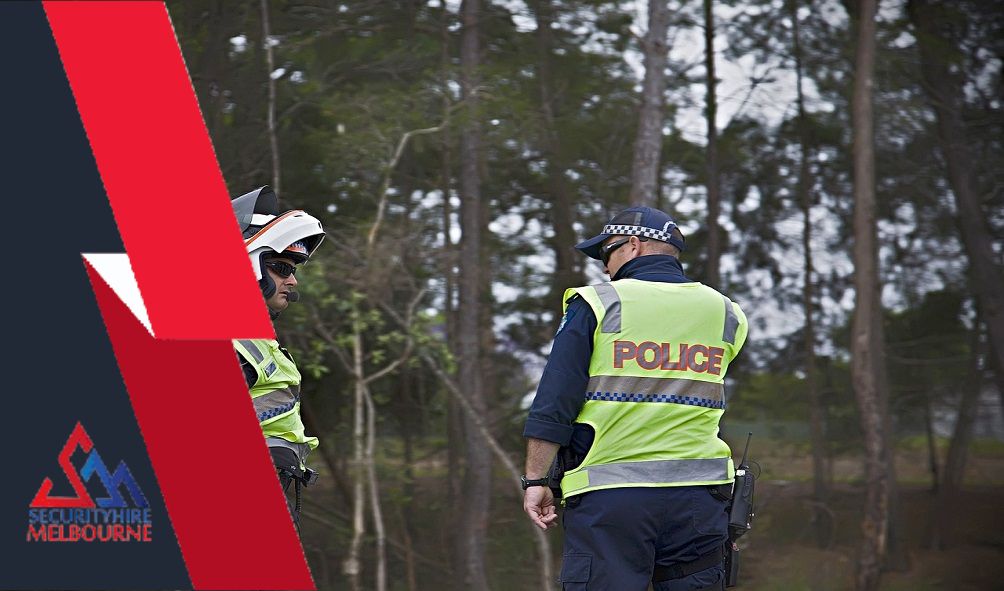In the dynamic field of security, staying ahead of emerging trends is crucial for effective risk management. As technology evolves, societal dynamics shift, and threats become more sophisticated, security guards must be well-informed and adaptable. This article explores key trends every risk management security guard should be aware of to enhance preparedness, effectiveness, and resilience.
1. Cybersecurity Threats
In an increasingly digital world, the risk of cybersecurity threats is a growing concern for security guards. From protecting sensitive information to ensuring the integrity of surveillance systems, guards need to understand and address potential cyber risks. Regular training on cybersecurity best practices and collaboration with IT professionals are essential components of a robust risk management strategy.
2. Integration of Artificial Intelligence (AI)
AI has become a game-changer in security operations. From predictive analytics to automated threat detection, incorporating AI technologies enhances the efficiency of risk management. Security guards should stay informed about AI applications relevant to their roles, such as intelligent surveillance systems and pattern recognition tools, to stay ahead of potential threats.
3. Remote Monitoring and Mobile Security
The rise of remote work and mobile technologies introduces new challenges for security guards. Hiring security guards for remote offices, virtual events, and mobile assets requires adapting traditional risk management strategies. Understanding the vulnerabilities associated with remote work and implementing secure mobile access controls are vital considerations.
4. Social Media Monitoring
Social media platforms have become integral to modern life, but they also present risks that security guards need to manage. Monitoring social media for potential threats, assessing public sentiment, and staying informed about events that could impact security are essential. Incorporating social media intelligence into risk assessments allows security guards to proactively address emerging issues.
5. Environmental and Climate-Related Risks
Climate change has introduced new risks, including extreme weather events, natural disasters, and disruptions to critical infrastructure. Security guards must be prepared to manage the impact of these environmental factors on security operations. This includes developing contingency plans for evacuations, securing vulnerable areas, and coordinating with local authorities during emergencies.
6. Supply Chain Vulnerabilities
Global supply chains are becoming increasingly complex, and disruptions can have cascading effects on security. Security guards need to be aware of potential vulnerabilities in the supply chain that could impact the security of a facility or event. Collaborating with supply chain managers and implementing contingency plans is essential to mitigate these risks.
7. Biometric Security Measures
The adoption of biometric technologies, such as fingerprint recognition and facial recognition, is on the rise. Security guards should be familiar with these technologies and their applications in access control and identity verification. Integrating biometric security measures enhances the accuracy and reliability of identity management, reducing the risk of unauthorized access.
8. Crisis Communication and Public Relations
Effective communication is critical during crises. Security guards should be trained in crisis communication strategies to manage public perceptions, provide accurate information, and coordinate with relevant authorities. Maintaining a positive public image is essential for organizations, and security guards play a crucial role in this aspect of risk management.
9. Pandemic Preparedness and Health Security
The COVID-19 pandemic highlighted the need for security guards to be prepared for health-related risks. Understanding and implementing health security measures, such as temperature screenings, crowd management in health crises, and enforcing health protocols, are essential components of contemporary risk management security guards.
10. Legal and Regulatory Changes
Laws and regulations related to security are constantly evolving. Security guards must stay abreast of legal changes affecting their roles, including privacy laws, use of force regulations, and industry-specific compliance requirements. Adapting security protocols to align with updated legal frameworks ensures that risk management strategies remain effective and legally compliant.
As the security landscape continues to evolve, staying informed about emerging trends is paramount for security guards engaged in risk management. Adapting to technological advancements, addressing new types of threats, and remaining vigilant in the face of evolving risks will empower security professionals to enhance the safety and security of the environments they protect. By embracing these trends, security guards can proactively manage risks and contribute to the overall resilience of organizations and communities.

